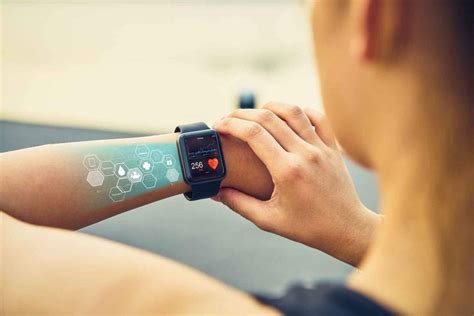Introduction
The convergence of 5G technology and the pet wearable market is transforming the landscape of pet healthcare. By 2025, the global pet wearable market is projected to reach $4.5 billion, driven by the growing demand for advanced monitoring and tracking devices. This article explores the current state of pet wearables research and its potential implications for the future of pet care.

Current State of Research
Recent advancements in 5G technology have enabled the development of highly sophisticated pet wearables. These devices incorporate various sensors and connectivity features, allowing for real-time data collection and remote monitoring. Some of the key areas of research include:
- Health Monitoring: Wearables can monitor vital signs such as heart rate, respiratory rate, and body temperature, providing early detection of potential health issues.
- Activity Tracking: GPS-enabled devices track pet activity levels, providing insights into their exercise and behavior patterns.
- Location Tracking: Embedded GPS modules allow pet owners to track their pets’ location in real-time, ensuring their safety and well-being.
Applications and Benefits
The applications of 5G-enabled pet wearables extend beyond basic health monitoring and tracking. Innovative technologies are also emerging, such as:
- Personalized Care: Wearables can collect data on individual pets, enabling veterinarians to tailor treatment plans and provide personalized recommendations.
- Early Disease Detection: Advanced sensors can detect subtle changes in vital signs, allowing for early intervention and proactive healthcare.
- Remote Veterinary Care: Wearables facilitate remote consultations between pet owners and veterinarians, reducing the need for in-person visits.
Impacts and Implications
The adoption of 5G-enabled pet wearables has numerous implications for the pet healthcare industry:
- Improved Pet Health: Early detection and intervention lead to better overall health outcomes for pets.
- Reduced Healthcare Costs: Wearables can help prevent costly medical treatments by detecting potential health issues early on.
- Convenience for Pet Owners: Remote monitoring and tracking capabilities provide peace of mind and allow owners to care for their pets from anywhere.
Comparisons and Considerations
When selecting a pet wearable, several factors should be considered:
- Functionality: Determine the specific monitoring and tracking features required.
- Accuracy: Consider the accuracy and reliability of the sensors and data collection methods.
- Compatibility: Ensure the wearable is compatible with your smartphone or other devices.
Tips and Tricks for Using Pet Wearables
To maximize the benefits of pet wearables, follow these tips:
- Regularly Monitor Data: Track and review the data collected by the wearable to identify any trends or changes.
- Seek Veterinary Advice: Consult with your veterinarian to interpret the data and make informed health decisions.
- Consider Pet Preferences: Choose a wearable that is comfortable for your pet and does not interfere with their daily routines.
Frequently Asked Questions
Q: Can pet wearables replace regular veterinary checkups?
A: No, pet wearables are not a substitute for regular veterinary exams. They provide additional data and insights but should not be relied upon solely for medical diagnosis.
Q: How can I ensure the accuracy of my pet wearable’s data?
A: Look for wearables that have been tested and validated by independent organizations for accuracy.
Q: Are pet wearables safe for my pet?
A: Choose wearables made from safe and non-toxic materials that are designed to be comfortable for pets.
Market Insights
The global pet wearable market is expected to grow significantly in the coming years, driven by several factors:
- Increasing Pet Population: The number of pet owners worldwide is growing, creating a demand for advanced pet care technologies.
- Rising Healthcare Spending: Pet owners are willing to invest in their pets’ health and well-being, fueling the demand for pet wearables.
- Technological Advancements: The development of 5G and other emerging technologies is enabling the creation of more sophisticated and innovative pet wearables.
Conclusion
5G-enabled pet wearables are revolutionizing the field of pet healthcare, offering unprecedented opportunities for remote monitoring, personalized care, and early disease detection. As research continues and technology advances, we can expect even more innovative applications and benefits in the years to come. By embracing these technologies, pet owners can enhance the health and well-being of their beloved companions while fostering a closer bond between humans and animals.





















